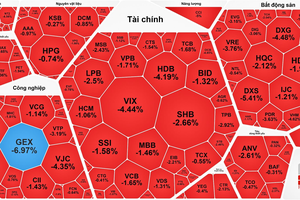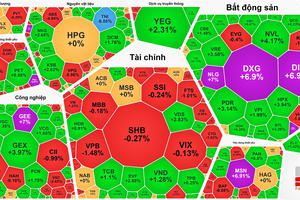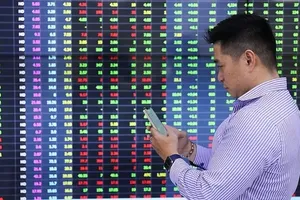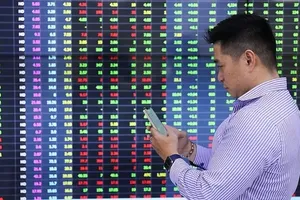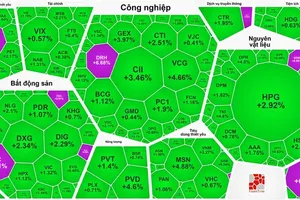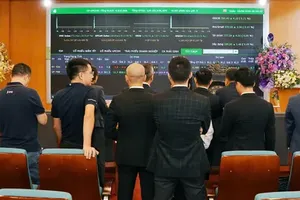Investors entered the trading session with upbeat sentiment and expected the VN-Index to reverse after several declines. This is the factor that helped the VN-Index only be on the verge of turning red in the first few minutes of the morning trading session, although the selling pressure still appeared in speculative stocks.
However, investors’ optimism quickly turned into panic when many large-cap stocks were suddenly dumped heavily. The negative movement from the blue chips spread to the rest of the small and medium-sized ones.
The number of losing stocks increased rapidly before the sell-off wave across the market. At the closing time, the number of losers on the Ho Chi Minh City Stock Exchange (HoSE) reached 373, of which 87 stocks hit the floor. Meanwhile, the number of winners and unchanged stocks was only 109 and 25, respectively.
If including the number of losers on the other two trading floors, with 203 stocks on the Hanoi Stock Exchange and 246 stocks on the UPCoM, the total number of losing stocks reached 822 stocks, of which 150 stocks fell to the floor prices.
With an overwhelming number of losers, the VN-Index plunged 25.96 points, or 1.78 percent, to close at 1,432.6 points. The VN-Index would have dropped even harder if some large-cap stocks, such as PNJ, PDR, SAB, TPB, VNM, and VJC, did not recover timely.
Thus, from the highest mark in 2022 established in the trading session on April 4, the VN-Index has evaporated nearly 100 points in this correction.
Noticeably, the liquidity of the HoSE has significantly improved thanks to the bottom-fishing cash flow, with the total trading volume at 827.6 million shares, worth nearly VND26.05 trillion (more than US$1.12 billion).
The HNX-Index and the UPCoM-Index closed the trading session with a relatively strong drop of 13.6 points (3.26 percent) and 2.15 points (1.91 percent), respectively.


